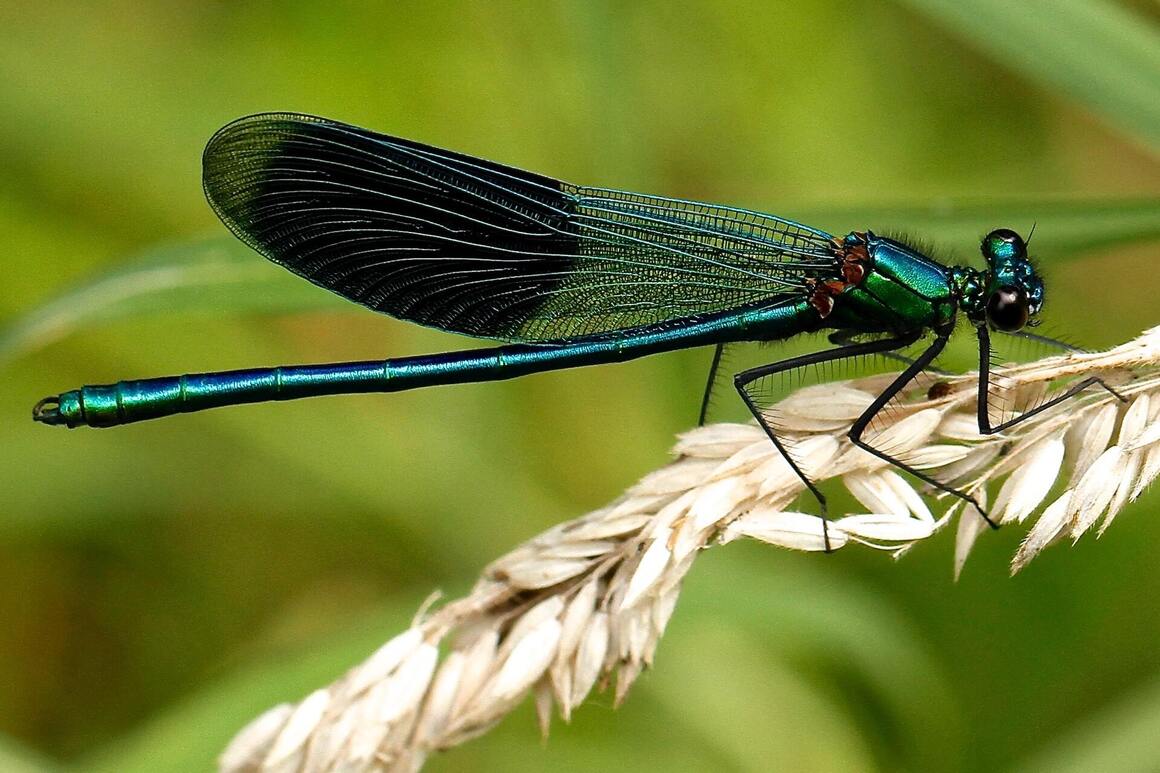According to the study in the UK, caterpillar numbers are reduced by half, and a significant change in the behavior of nocturnal moths has been observed due to the artificial street lights. The modern LED street lights cause the greatest impact lights.
Climate fluctuations, habitat loss, and increased amounts of pesticides are visibly stepping down the population of insects.
Factors affecting the decline in insect communities can be variable, including marshy areas, forest destruction, or pollution of lakes and rivers.
Research published in Science advances strongly suggests that street lights can be harmful to insects, disturbing the food chains in wildlife and affecting the birds that feed on caterpillars.
Lead researcher Douglas Boyes of the UK center of Ecology and Hydrology mentioned that “In a local environment, we are pretty confident that street lights are significant, but what needs to be clear is that if we are looking at a whole topography.” He added, “If the insects are in danger and we believe they are, and it can even be proved through evidence, we should be taking steps to reduce this negative impact.”
The researchers interpret that street lights scare off the nocturnal cankers and put them off from laying eggs, and the insects usually get wasted by the predators. This has serious implications since the caterpillars birthed under the LED street lights change their feeding habits.
According to the researchers, empirical solutions are possible for this problem without compromising public safety measures, fading the street lights, installing motion sensors, and using filters of various colors to occlude harmful wavelengths.
Experts from Butterfly Conservation, Newcastle University, and the UK Center of Ecology and Hydrology surveyed caterpillars in the outstretches of grassland and shrubbery in southern England.
26 sites in Oxfordshire, Berkshire, and Buckinghamshire were compared with related outlining of roads that were not illuminated with street lights.
The survey results showed a marked depletion in caterpillar number by about half in the illuminated areas. Statistics say that 47% decline in hedgerows and a 33% decrease in grassland.
According to the scientific analysis of insect population 2019, 40% of insects underwent a substantial rate of decline from around the world.
The most drastic revelation is that insects, including ants, beetles, bees, and ladybugs, were vanishing eight times faster than mammals, reptiles, or birds while other species, including the cockroaches and flies, reverberated.
The whole ecosystem suffers by losing any species since the balance gets distributed. Losing insects can have profound consequences on the entire system. Insects serve as a source of nutrition for many birds, bats, amphibians, and reptiles. Losing one can lead to the loss of another one. On the broader side, plants also depend on insects for pollination and can lead to severe consequences.







